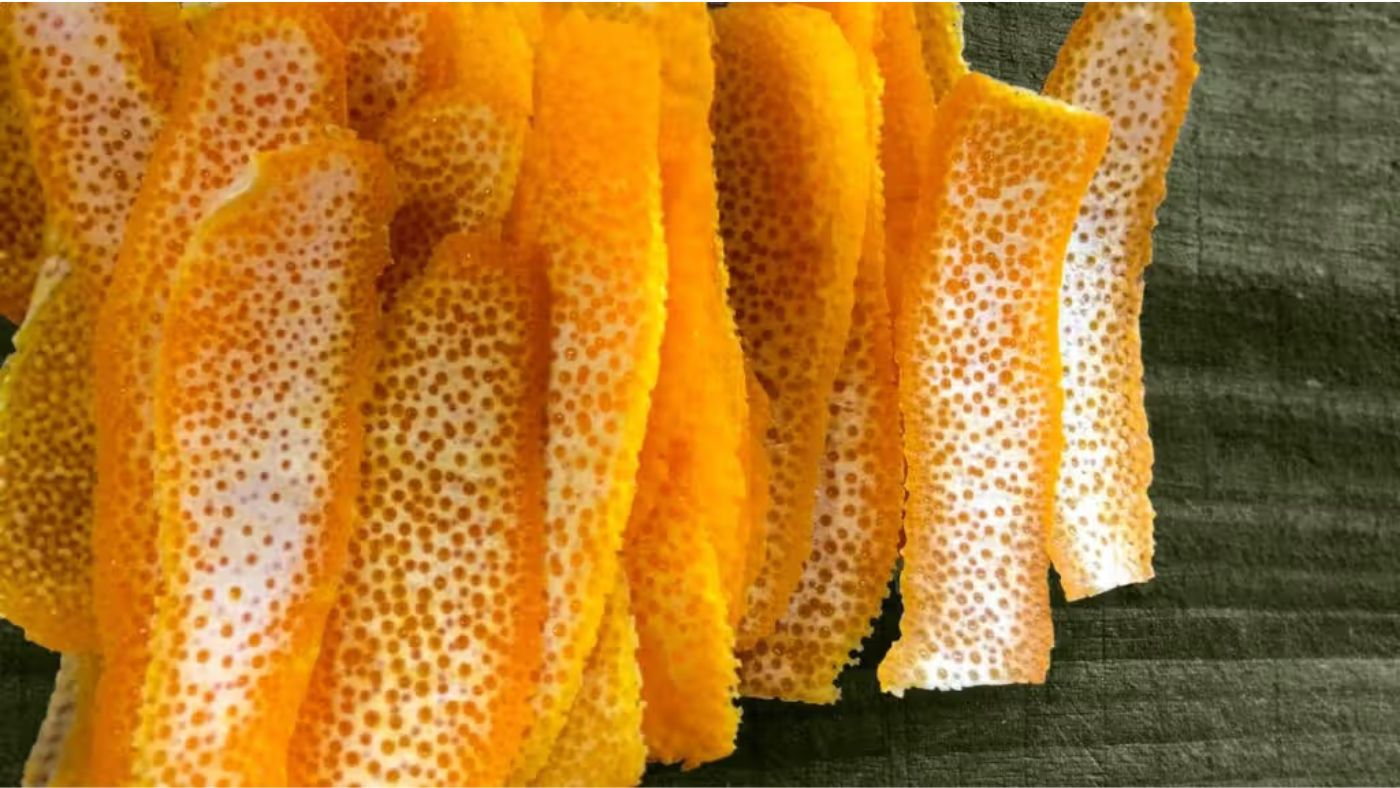Recent studies indicate that orange peel extracts may aid in combating cardiovascular disease, presenting a novel application for this frequently discarded citrus byproduct.
According to the American Heart Association, from 2015 to 2018, 52.3% of Hispanic men and 42.7% of Hispanic women over 20 in the United States had cardiovascular disease, resulting in 31,864 deaths among men and 26,820 among women of all ages.
Research has demonstrated that certain intestinal bacteria contribute to the development of cardiovascular disease.
During digestion, these bacteria produce Trimethylamine N-oxide (TMAO) by feeding on specific nutrients. Researchers at the Cleveland Clinic have found that TMAO levels can help predict future cardiovascular disease.
Supported by the U.S. Department of Agriculture, Professor Yu Wang and her research team at the University of Florida’s UF/IFAS Citrus Research and Education Center examined the potential of orange peel extracts, which are rich in beneficial phytochemicals, to reduce the production of TMAO and trimethylamine (TMA).
The scientists tested two types of extracts: a polar fraction and an apolar fraction.
To obtain these different polarity fractions, the researchers used polar and nonpolar solvents on the orange peels.
“Imagine your salad dressing, whatever is in the water or vinegar part is the polar fraction; whatever is in the oil away from the water is the non-polar fraction,” Wang explained in remarks reported by the University of Florida.

“The solvents we used were not exactly like water and oil, but they have similar polarity,” she added.
Study results, as reported by the university, showed that the extract of the non-polar fraction of orange peel effectively inhibits the production of harmful chemicals.
Additionally, the researchers identified a compound called feruloyl putrescine in the extract of the polar fraction of orange peel, which also significantly inhibits the enzyme responsible for TMA production.
“This is a novel finding that highlights the potential of feruloyl putrescine in health by reducing the risk of cardiovascular disease,” Wang stated.
The significance of this finding lies in the fact that 5 million tons of orange peels are produced annually during juice production in the United States.
Nearly 95% of Florida oranges are used for juice, with half of the peels going to livestock feed and the remainder being discarded.
The U.S. Food and Drug Administration considers the natural extracts in orange peel to be safe for human consumption, prompting Wang to seek better uses for them.
“The findings suggest that orange peels, often turned into waste in the citrus industry, can be reused as valuable health-promoting ingredients, dietary supplements, or food ingredients.
Our research paves the way for the development of functional foods enriched with these bioactive compounds, providing new therapeutic strategies for heart health,” Wang said.
